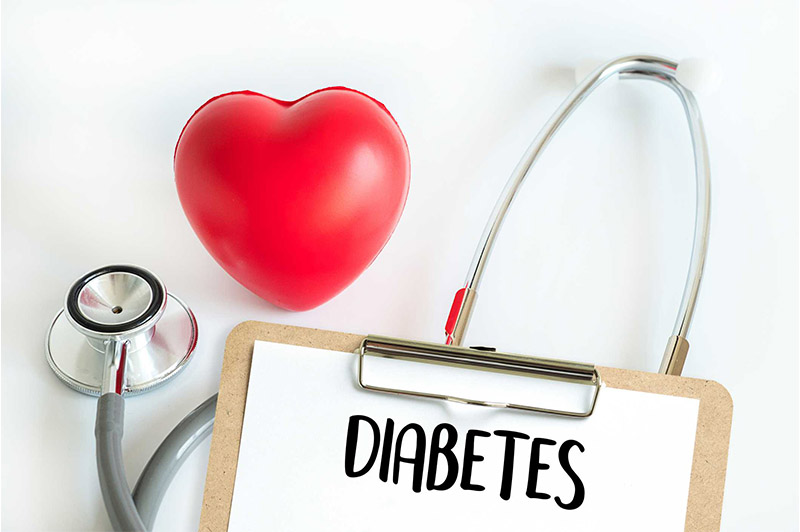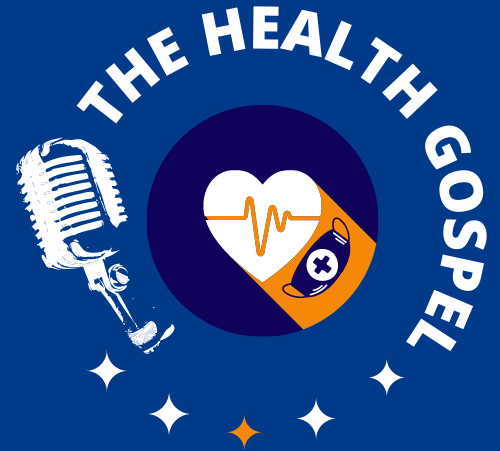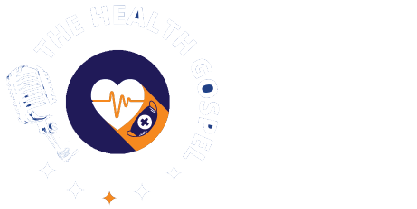
DIABETES MELLITUS SERIES 4
The aim of the treatment of diabetes is to maintain blood glucose levels within a normal range,
prevent complications, and observe complications (if any) early and treat them.
Management of diabetes goes beyond just popping pills. In fact, a greater part of the
treatment involves changes in your lifestyle and diet.
Dietary control
This calls for moderation in all that you eat and drink. Having diabetes does not mean you
have to be confined to only a few unpalatable meals. However, you should totally avoid
highly processed sugars such as packaged fruit juices, chocolates, carbonated drinks,
sugars, pastries, etc. They have a high glycaemic index. This means they cause fast spikes
in your blood sugar levels, increase insulin release, causing a sharp fall and you get hungry
soon afterward.
Fruits and vegetables: You should avoid taking more than a slice of either pineapples,
sweet melon, pawpaws, watermelon, or small-sized mango, banana, or apple in a day. You’re
better off taking whole fruits or smoothies than fresh fruit juices. This is because whole fruits have fiber which aids digestion and less sugar which will not cause a fast rise in blood glucose levels. Nonsugary fruits such as garden eggs, cucumbers, and tomatoes are good
alternatives. Vegetables such as carrots, cabbages, broccoli, lettuce, and green leafy
vegetables are safe and should be a vital addition to every meal. These aids a steady glucose
level because of the fiber in them. They have a low glycemic index which means they don’t
increase your sugar levels too fast and may help reduce body weight.
Proteins: Proteins taken in large amounts would be converted to carbohydrates and
increase your blood glucose levels. Proteins from meat, fish, eggs, and plant proteins should
be taken in moderation. Contrary to popular belief that beans are protein, beans actually have higher carbohydrates content than its protein content. However, it is a good carbohydrate because it slows down digestion and reduces cholesterol absorption.
Carbohydrates: Carbohydrates such as rice, yam, potatoes, and ripe plantain should be taken in small quantities. To keep your blood glucose within desired limits, portion control is
the rule.
Fat: Highly fatty foods such as fried foods, salad dressings, mayonnaise, and meat fat can increase the risk of obesity, worsen insulin resistance and make glucose levels control more
difficult. Avocados and some nuts are good sources of fat. Avoid excess oil in your soups and stews.
Alcohol: Alcohol is made from the fermentation of sugars hence it has high glucose content and
may cause spikes in your sugar levels. If you must take alcoholic drinks, factor them into your meals for the day.
Lifestyle changes/ habits
Exercise: You may not have a full workout regime or a personal trainer but some practical
things can help you stay active such as:
– Taking the staircase instead of the lift.
– Parking far away from your destination and walking the distance
– Taking a bus ride sometimes instead of driving.
– Dancing to fast music for 30 consecutive minutes.
– Play a sport: football, tennis, basketball, volleyball
– Taking a walk in the evenings. Just stroll around your neighborhood.
– A gym subscription can help you stay consistent as you will be encouraged by others
also using the gym.
Smoking: Quit smoking because it makes blood sugar control more difficult as it worsens
insulin resistance.
Glucose control and monitoring
Do not be afraid of the needle prick, as the tiny needles for glucose checks are much less painful.
Invest in a good glucose monitoring device and use it regularly. Keep a record of your blood
glucose before breakfast and 2 hours after your meals, to get the pattern of blood sugar
levels following specific meals, while also taking note of the portion ingested.
In addition to lifestyle and dietary changes, be careful to care for your feet, eyes, and skin.
Foot care:
– Inspect your foot weekly for wounds or cuts and changes in color.
– Wear shoes that are a size bigger to avoid blisters and corns/calluses.
– Avoid the use of sharp blades to cut your nails, instead use nail cutters. allow
someone else to do it if you can not see clearly, to avoid injury to the foot.
– Avoid walking barefooted where you may get injured.
– Wear protective footwear at work particularly if your job is such that it can expose you
to a foot injury.
Eye care:
– See your doctor for routine checks 3-6 monthly.
– Avoid self-medicating if you notice any eye discharge.
– Blurred vision may be due to poor glucose control, therefore inform your doctor and
keep to instructions.
Skincare:
-Avoid applying creams on your skin that was not prescribed by your doctor.
-Check your skin regularly for rashes, changes in color, or appearance.
-Get proper wound care from professionals anytime you sustain an injury.
Drug treatment
Your doctor will prescribe drugs that may be taken through the mouth or insulin injections
injected just under your skin.
You may also get a combination of both oral medications and insulin. This solely depends on
what is best for you and is at your doctor’s discretion.
Let me reiterate that most of the responsibility to control your sugar levels lie with you- your
daily habits and meals. Therefore, invest your time in getting knowledge on how to manage
your diabetes. In the final series, I will discuss complications that may arise from diabetes
mellitus.




